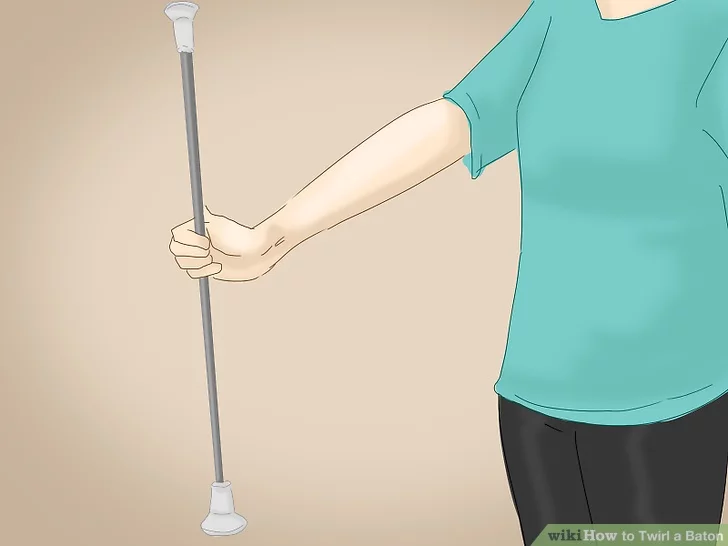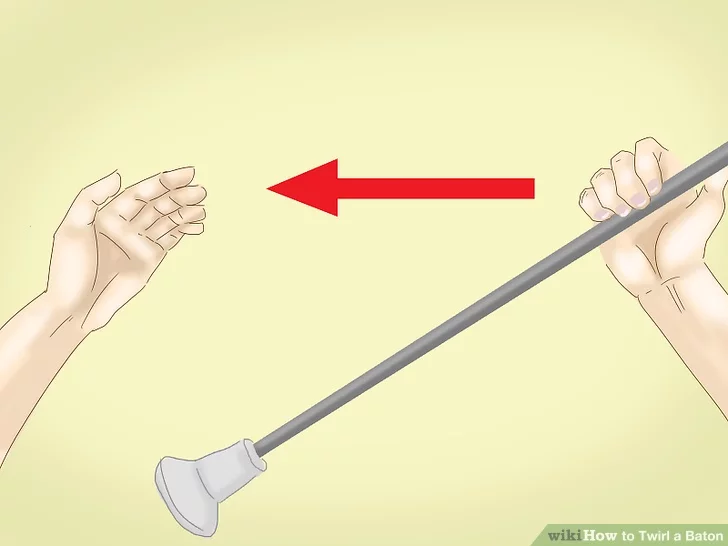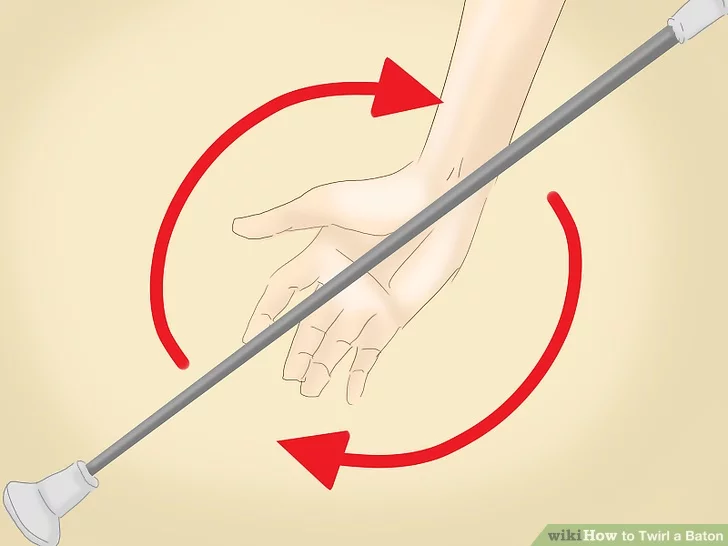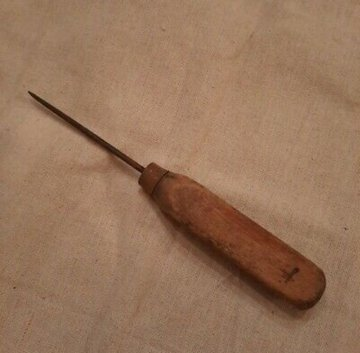Baton twirling is a mesmerizing and graceful art form, combining elements of dance, coordination, and showmanship. Whether you’re new to twirling or an experienced performer looking to refine your skills, this guide will walk you through the essentials, from understanding the parts of a baton to learning foundational techniques and beyond. Let’s dive into the exciting world of baton twirling and unlock your potential to create captivating performances!
Understanding the Parts of a Baton

Before you start twirling, it’s essential to understand the basic components of a baton. Knowing the parts will help you communicate effectively with other twirlers and instructors and make learning techniques easier.
- The Ball: This is the larger, weighted end of the baton, designed to help with balance and control. It’s often used as a reference point when learning new tricks.
- The Shaft: The middle section, made of metal or plastic, is where you’ll hold the baton. It comes in various lengths to suit different arm spans.
- The Tip: Located at the opposite end of the ball, the tip is the smaller part of the baton. It’s also weighted for better control during spins and tricks.
Now that you’re familiar with the anatomy of a baton, let’s explore how to choose the right one for you!
Choosing the Perfect Baton Size
Selecting the correct size baton is crucial for comfort, control, and safety. To find your ideal baton size:
- Stand with your dominant arm extended parallel to the floor.
- Have a friend measure from the base of your neck to the tip of your middle finger.
- Use this measurement to select a baton length, typically available in 1-inch increments.
A properly sized baton will allow you to execute twirls and tricks with ease, giving you a solid foundation to build upon as you progress.
Mastering the Basics: Baton Twirling Techniques
How to Hold the Baton
Start with the correct grip. Stand with your dominant arm at your side, holding the baton at the center of the shaft. Wrap your fingers around the shaft with the ball facing forward. Keep your thumb aligned along the top of the shaft, pointing towards the ball. This standard grip provides control and serves as the starting position for most baton tricks.
The Horizontal Twirl
The horizontal twirl is an essential move in baton twirling and a foundational technique for many advanced tricks. Here’s how to get started:
- Position: Stand with your feet in a right T-position and hold the baton in your right hand, keeping it parallel to the ground.
- Rotation: Begin rotating the baton counterclockwise. As the ball moves to the left, let the tip pass under your forearm. Continue until the ball points directly away from you, then complete the rotation by bringing it over your arm.
- Increase Speed: Once you have the basic rotation down, increase the speed. Pinch the baton between your thumb and index finger, using the other fingers to control the rotation. Maintain a loose wrist for smooth and fluid movements.
As you master this move, try switching hands to build coordination. Practicing the left-hand horizontal twirl will help you develop ambidextrous skills, essential for more advanced routines.
Exploring Advanced Baton Techniques

After mastering the horizontal twirl, it’s time to expand your repertoire with more challenging tricks. Here are a few advanced moves to work on as you progress in your baton twirling journey.
The Vertical Twirl
Vertical twirls involve rotating the baton around a vertical axis, creating a captivating visual effect. To perform a vertical twirl:
- Hold the baton vertically, with the ball facing upwards.
- Begin the rotation by moving your wrist in a circular motion, allowing the baton to follow naturally.
- Keep your wrist relaxed, allowing the baton to flow smoothly.
Practice switching hands with vertical twirls to develop versatility and add a new dimension to your routines.
Toss and Catch

Tossing the baton is a classic move that adds flair to any performance. Start with a basic toss, then work your way up to more complex aerial tricks. Here’s a simple way to begin:
- Hold the baton in your dominant hand with a standard grip.
- Swing the baton upward and release it just before it reaches the top of the arc.
- Keep your eyes on the ball as it spins, then catch it with your other hand.
As you gain confidence, experiment with higher tosses, spins, and catches to impress your audience and showcase your control.
Choreographing Seamless Transitions

One of the hallmarks of an accomplished baton twirler is the ability to transition between tricks with ease. Once you’ve practiced individual moves, try combining them into short sequences. Start with a horizontal twirl, transition into a vertical twirl, and finish with a toss and catch. As you improve, you’ll be able to choreograph entire routines that flow seamlessly from one move to the next, adding excitement and complexity to your performances.
Building Wrist Strength with the Wrist Twirl
The wrist twirl is another fundamental move that builds wrist flexibility and control. To start:
- Stand with your feet together, holding the baton parallel to the ground with your thumb pointed towards the ball.
- Begin rotating the ball downward, then let it swing behind you and up towards the ceiling, completing a full circle.
- Continue this rotation pattern, gradually increasing speed as you become comfortable.
With practice, you’ll be able to incorporate wrist twirls into more complex routines, adding a dynamic element to your baton performances.
The Art of Baton Twirling: Beyond the Basics
Baton twirling is more than just a skill—it’s a performing art that can take you to new heights, whether you aspire to join a cheerleading squad, perform in parades, or simply entertain friends and family. As you build your twirling abilities, you’ll develop hand-eye coordination, flexibility, and confidence.
The Joy of Creative Expression
As you advance, explore the creative side of baton twirling. Experiment with choreography, music, and costumes to develop your own unique style. Baton twirling allows you to express yourself through movement, connecting with audiences and bringing routines to life with every twirl, toss, and catch.
A Commitment to Practice and Perseverance
Mastering baton twirling takes dedication and patience, but the journey is deeply rewarding. Every trick you learn builds on the last, and with consistent practice, you’ll be amazed at the progress you make. Remember to celebrate your successes, embrace challenges, and most importantly, enjoy the process.
Conclusion
Baton twirling is a captivating blend of artistry, athleticism, and skill. With a solid understanding of the basics, a well-chosen baton, and a commitment to practice, you can master the art of twirling and unlock a world of possibilities. Whether you’re just starting or looking to perfect your craft, baton twirling is a rewarding pursuit that allows for endless creativity and expression. So grab your baton, step into the spotlight, and let your passion for twirling shine.




